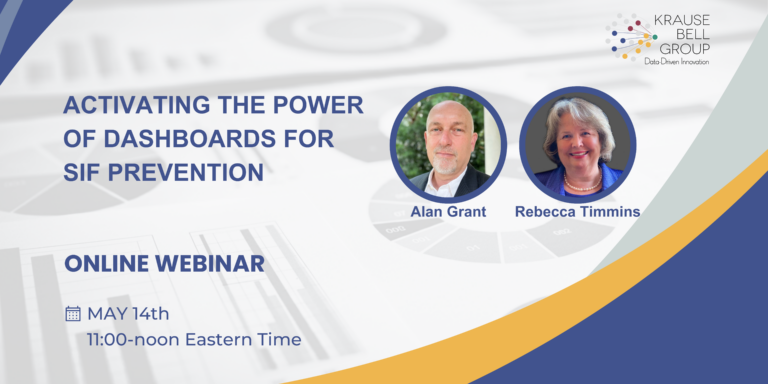-
-
Detecting the Signal Inside the Noise of Safety Statistics
Executive Summary Safety statistics provide valuable insight into safety, systems, processes, tools, and operations, but leveraging them can be challenging: Applying five key principles can help any leader harness the power of statistics to achieve significant improvements in safety and organizational functioning. Making Sense of Safety Statistics Mark Twain once said, “There are three kinds…
-
How a “Can Do” Culture Contributes to SIF Prevention: A Perspective from the Utilities Sector
Over the last 5 years, I’ve had the pleasure of working with amazing organizations in the Utilities sector. I’ve interacted with some of the most hard-working people there are – especially during storm restoration – who work tirelessly in all kinds of weather conditions to get the power back on. Although you might think that…
-
Mastering Safety Leadership: How Front-Line Leadership Decision-Making Prevents Serious and Fatal Injuries
In 1979, my first safety improvement client told me, “We understand the engineering side, but we don’t understand the behavioral side.” Having studied behavioral analysis in graduate school, I welcomed the opportunity to address this problem. At that time, I didn’t know that Procter & Gamble was working on a similar initiative, or that Dr. Judy Komaki had just published an article on the application of behavioral science principles to safety. This work marked the beginning of what came to be known as behavior-based safety
-
Augmenting HOP to Elevate Safety Excellence
Introduction: The Evolution of HOP in Safety Excellence Human and Organizational Performance (HOP) emerged in the 1990s as a welcome new way of thinking about injury prevention. Initially outlined by Dr. Sidney Dekker and Dr. James Reason, HOP has, for many organizations, become a cornerstone of safety strategies globally. HOP’s core principles grew from Dr….
-
From Reactive to Proactive: The Power of Dashboards for Serious Injury and Fatality (SIF) Prevention.
In today’s fast-paced industrial landscape, safety management too often relies on lagging indicators—metrics that tell us what went wrong after an incident has occurred. While important, this focus is not particularly good at preventing the next serious injury or fatality. What if your safety management system could shift the focus from reacting to incidents to…
-
-
-
-
-
-
SIF prevention
READY FOR A BETTER SOLUTION
Let’s Work Together To Create A Better Workplace & Culture
© 2023 Krause Bell Group | Privacy Policy | Terms of Use



